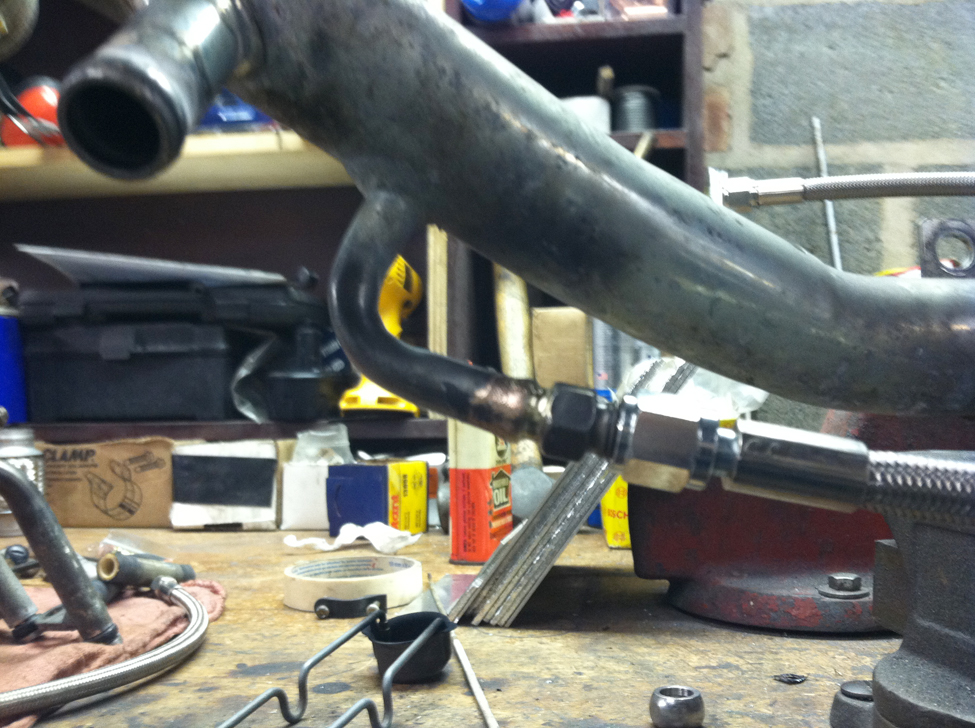Dr.Jeff
True Classic
Agreed, they are two different things but also related. My primary goal with the fan 'after run' is for engine bay thermal management. But reducing heat from the external area around the turbo will help to cool it more rapidly as well. So that will supplement the water cooling of the turbo, which is the primary means of preventing oil coking.Blowing air from the outside may help in terms of bay heat management, but it won't do anything for turbo longevity.
I've tried to mimic the UT's water path for the turbo. But I'm installing it on the X's SOHC which does not have all of the same water ports for the turbo that the UT has. So my arrangement is a bit different. Hopefully it will still work the same. The water source for the turbo feed is the X's original 'heater' water supply off the head. That is much higher than on the UT, where the block has a special port down low close to the oil pan, but it is still the same general (warm) water supply. The water return from the turbo goes to the upper coolant tank fitting (there are now two such fittings on my tank), like on the UT. And the coolant tank is being mounted in the trunk, so higher up than the original location, and higher than the inlet source. Therefore it should still be a cooler and higher location, which I think is the goal. Sound right?


